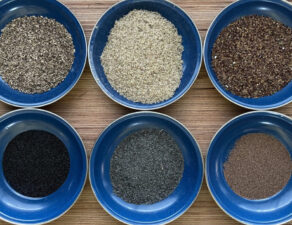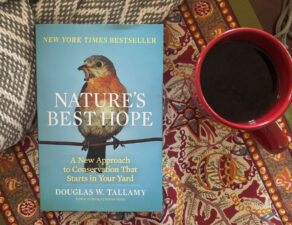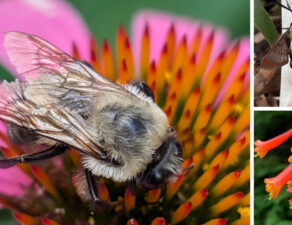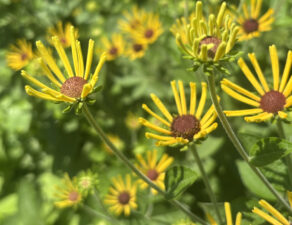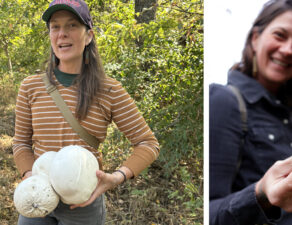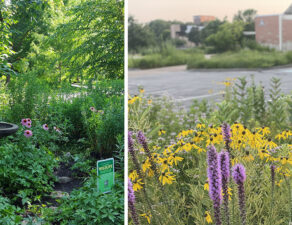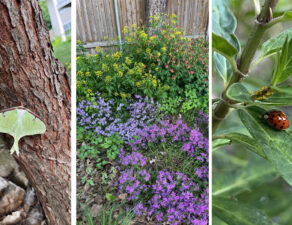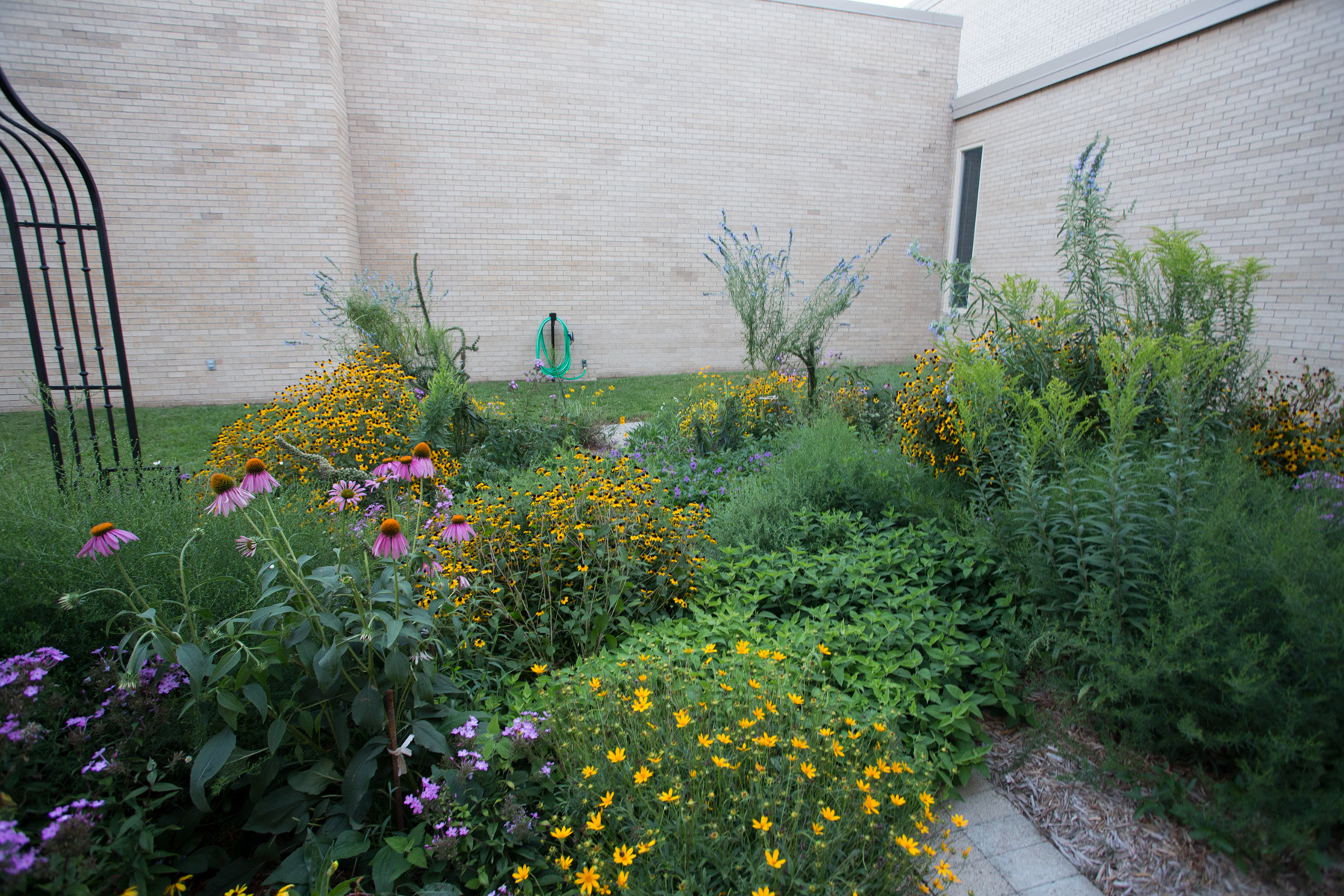
A classic beginner’s design mistake (we’ve made it too!) is to buy one each of a dozen types of plants and mix them all together in the bed. The results still attract the birds and bees that we love, but the neighbors may not quite see the value. An attractive native plant garden serves as an ambassador to the neighborhood as well as a refuge for wildlife and people.
Go It Alone
There’s no better way to learn than by diving right in! A little time spent reading up on garden design principles will help you begin to think about your layout. Consider these basic rules of thumb and check out our suggested resources to get you started:
Plant in groupings of the same plant – this avoids the “polka dot” garden look, and is better for pollinators who can more easily spot them from the air.
Choose odd numbered groupings – one or three will generally look better to the eye than two or four.
Consider overall height of mature plants and use taller species toward the back.
Utilize sedges and native groundcovers between flowers to mimic natural plant communities and decrease maintenance – check out Planting in a Post-Wild World for more on this approach.
How to Design a Native Plant Garden
Book Suggestions for Native Plant Design Advice:
Planting In a Post-Wild World by Claudia West and Thomas Ranier
The Living Landscape: Designing for Beauty and Biodiversity in the Home Garden by Rick Darke and Doug Tallamy
Use a Template
Beginning with a design template is a convenient way to get started. Bear in mind that because no two sites are alike, you’ll likely make adjustments over time.
Dyck Arboretum Landscape Plans
WildOnes Native Landscape Plans
Hire a Professional
Are you design challenged? Short on time? Have a difficult space? Just need some one-on-one guidance? Hire some help for design, installation, management, or all of the above. The collection of KC area professionals specializing in native plantings is small but mighty – and growing!
